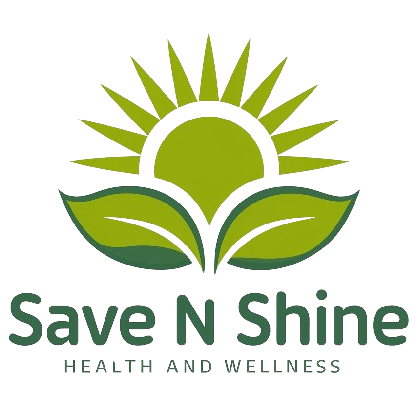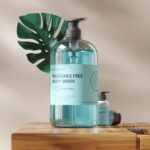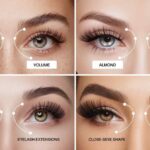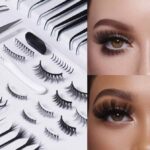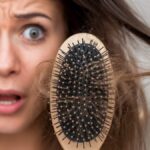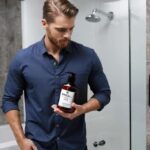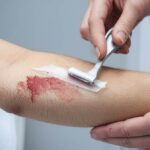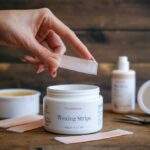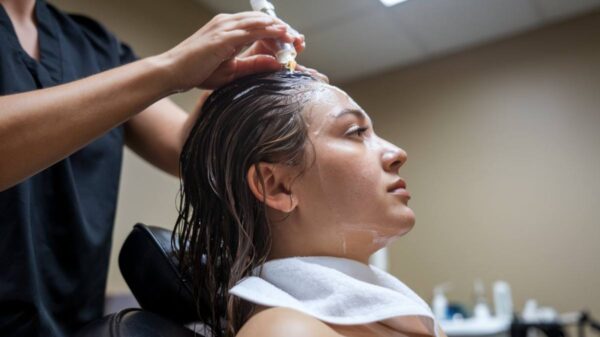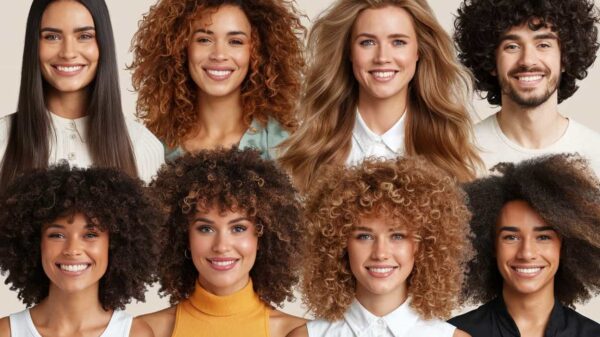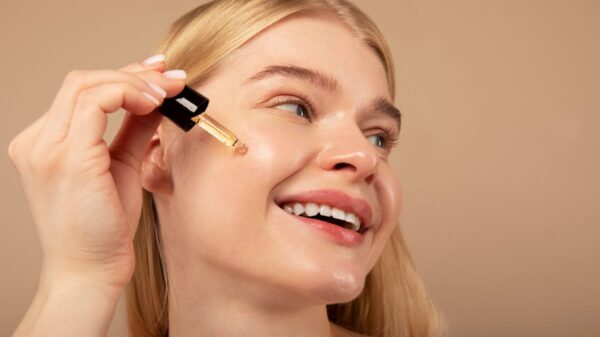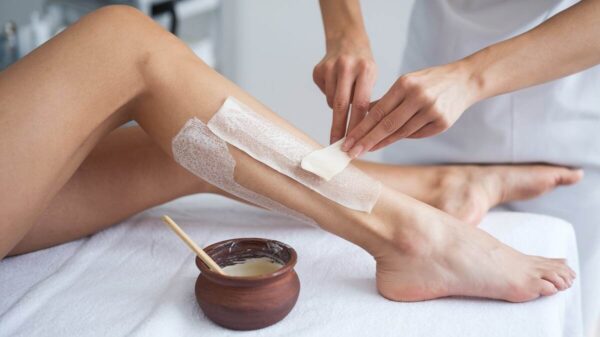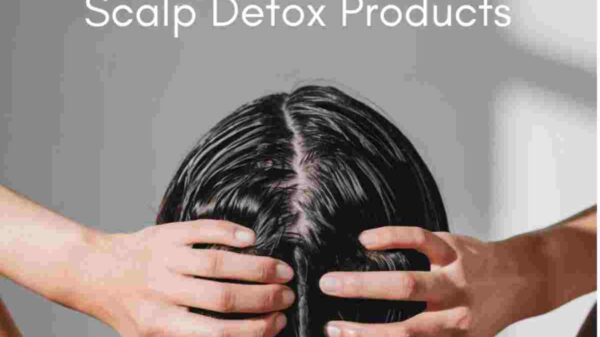Hair texture is vital in defining your style, care routine, and confidence. Among the most distinct textures are wavy and curly hair, each with unique traits, needs, and charm. Whether you’re identifying your hair type or seeking guidance on care, this guide introduces the fundamental differences between wavy and curly hair, equipping you with the knowledge to embrace your natural beauty confidently.
Characteristics of Wavy Hair
Wavy hair, often Type 2 hair, is the perfect blend of straight and curly textures. It forms an “S” shape, ranging from loose, gentle waves to more defined patterns.
Critical Traits of Wavy Hair:
- Texture: Softer and smoother than curly hair, making it more versatile for styling.
- Volume: Moderate volume compared to curly hair, often lying flatter at the roots.
- Frizz: Prone to frizz, especially in humid climates, requiring lightweight products for control.
- Subtypes:
- 2A: Loose waves with minimal definition.
- 2B: More pronounced waves with slight frizz.
- 2C: Thick, defined waves resembling a loose curl.
Characteristics of Curly Hair
Curly hair, or Type 3 hair, is more textured and springy, with each strand forming tight spirals or corkscrew shapes. It boasts natural volume and bounce but requires extra care to manage dryness and frizz.
Critical Traits of Curly Hair:
- Texture: Distinct spirals that range from loose loops to tight curls.
- Volume: High volume with a tendency to form shrinkage.
- Frizz: More prone to frizz and tangles due to its porous nature.
- Subtypes:
- 3A: Large, loose curls with shine and definition.
- 3B: Medium-sized spirals with a denser texture.
- 3C: Tight corkscrew curls that are coarse and voluminous.
How to Identify Your Hair Type
Identifying whether your hair is wavy or curly can help refine your care routine and product choices. Here are practical tips:
Examine the Pattern:
- Look for “S” shapes in wavy hair.
- Identify spirals or loops for curly hair.
Assess Volume:
- Wavy hair often lies flatter at the roots.
- Curly hair has a natural lift and bounce.
Shrinkage Check:
- Wavy hair typically shows slight shrinkage.
- Curly hair can shrink up to 50% of its actual length.
Common Challenges for Wavy and Curly Hair
Both hair types share some challenges but also have distinct struggles. Here’s a comparison:
| Aspect | Wavy Hair | Curly Hair |
|---|---|---|
| Frizz | Moderate, especially in humidity. | High, due to porous texture. |
| Dryness | Lower than curly hair. | Higher; needs intense hydration. |
| Styling | Easy to style in various forms. | Requires specific curl-focused techniques. |
| Maintenance | Low to moderate effort. | High effort with regular care. |
Popular Brands for Wavy and Curly Hair Care
Several brands cater specifically to wavy and curly hair needs, offering products to nourish, style, and protect these textures. Popular options include:
- SheaMoisture: Known for natural, sulphate-free hair care products.
- DevaCurl: Focused on curl definition and hydration.
- Ouidad: Offers a wide range of curl-specific styling products.
Styling Basics for Wavy and Curly Hair
The right styling approach can enhance the beauty of wavy and curly hair:
Wavy Hair:
- Use a diffuser to enhance waves without frizz.
- Scrunch hair with lightweight mousse for added volume.
Curly Hair:
- Finger-coil sections for more defined curls.
- Plop hair in a microfiber towel post-wash to maintain shape.
Understanding your hair type is the first step in embracing your natural texture. Whether your hair falls into the wavy or curly category, proper care and styling can unlock its full potential. Dive deeper into care routines and advanced solutions in Advanced Guide to Caring for Wavy & Curly Hair!
